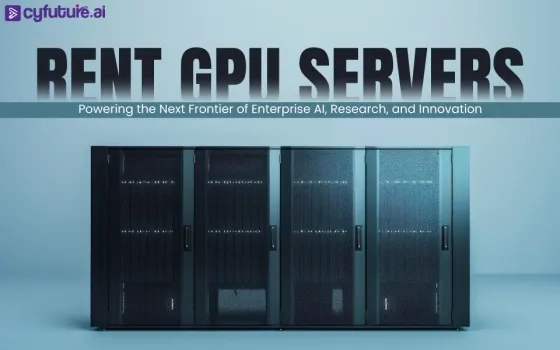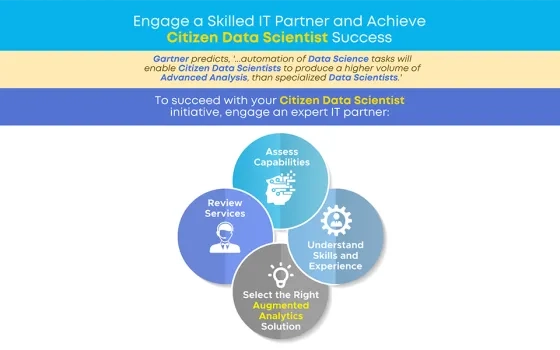Accelerating Supply Chain Digitization with Intelligent Prioritization
Converting Data to Business Value with Applied Intelligence
With inputs from Manuel A. Casas and Swapnil Khairnar
Organizations today are increasing pushing efforts toward creating Digital Supply Chains that not only drive optimization in the company but also create strategic differentiation.
One of the big changes in recent times is a shift from Linear Supply Chain to Interconnected and Dynamic Supply Chain. As digital is at the core of achieving this shift, accelerating digital adoption is now imperative for most organizations as we go through an environment of high inflationary pressure, supply and demand disruptions, and geopolitical uncertainty across the globe. The need for being better prepared to take advantage of demand volatility cannot be overemphasized.
The aim of Supply Chain Digitization is to ensure that operations are uninterrupted and profitability pressure is neutralized, while minimizing environmental impact. Automation and Advanced Analytics, along with newer technologies based on IoT, Digital Twins, Blockchain and other concepts, are the levers that are making this possible. However, the intended outcomes can only be achieved when the technologies are used and implemented in a structured and deliberated manner, with clear and tangible outcomes, and have widespread adoption across the organization.
Overview of a General Perception (Myth?)
It is believed that the use of Advanced Analytics and Automation in the Supply Chain can help achieve new efficiencies and enable predictability through pattern detection and multiple data source integration. While this is true, what is missed is the manner in which this needs to be done for maximum impact.
It is reported that although 90% of today’s businesses have adopted cloud, less than one-third are achieving the anticipated Return on Investment. The most advanced companies understand that while the cloud sets you up with next-level computing power and access to new kinds of data in the right quantity and quality, they fail to understand that
Applied Intelligence is the bridge to convert data into business value.
Other barriers to exploiting the full potential of Analytics within organizations are resistance to adoption combined with common perceptions that digitization requires extensive investment (in infrastructure, specifically, cloud technology), instrumentation of every supply chain facility and product, automation of every process, and tracking across all supply chain partners.
The thought that only if you do all of those, can you break silos, create an integrated strategy and enable faster speed-to-insights and decision-making – can be discouraging. While this is an ideal state, it can be overwhelming for an organization to achieve all of it in one go.
A Practical Approach to Adoption of Automation and Advanced Analytics: Intelligent Prioritization
The preferred approach to Automation and Analytics implementation within organizations today is one of intelligent prioritization.

One approach here is to study the end-to-end Supply Chain of the organization – through concepts like Single Demand View, Supply Chain Segmentation, Effective Sales and Operations Planning, Smarter Execution – and evaluate the level of risk at each stage and accordingly plan for risk mitigation strategies through digitization.
The other approach to Automation and Analytics implementation is to break down business problems at different stages of the Supply Chain and then start to address these problems as per level of priority.
Very soon you will realize that, as you start solving a problem identified in one area, say, Improving Forecasting or Demand Planning Accuracy, it will have a positive impact on another area, say on Inventory Building and other Operating Activities in this case. You will see that with Forecast Accuracy getting improved, your Inventory Carrying Cost along with Obsolete Inventory reduces, and operating activity gets better with fewer instances of expediting (need for using the faster/more expensive modes of transport) or firefighting (need for increasing order throughput beyond capacity or expediting suppliers for stock). It also positively impacts the capacity planning, scheduling, and staffing decisions, and helps reduce the overall cost by between 2%-10%.
This sets the stage for how a moderate financial investment can lead not only to lower costs and higher revenue but also assist in neutralizing the challenges that may come in the form of high inflationary pressures and supply disruptions. This can happen because of the interconnectedness achieved through Supply Chain digitization—while the problem statement can be looked at in isolation, the solution has a far-reaching effect.
Further, to minimize and eliminate the fear and resistance to adoption, it is imperative to integrate all the stakeholders in the decision-making process that will eventually execute the recommendations generated by these new technologies. By encouraging collaboration and experimentation among the frontline workers, the organization can not only implement but also fine-tune these data-driven solutions to achieve its business goals.
Automation saves time, reduces complexity, and makes good decision-making easier
Most Supply Chain use cases require significant data crunching by employees to extract value. The data points can be internal as well as external. As the process is mostly manual, the data exploration is often restricted to internal data, and that too is available in parts and scattered across various departments. It is observed that many times the external data like GDP, Customer spending, etc. gets ignored – and is replaced by gut or instinct.
The use of Automation & Advanced Analytics not only helps leverage all available data and get a holistic picture in real-time or near real-time, the impact of interventions can also be tracked and measured.
Most Supply Chain KPIs, with their Target vs. Achievement, can be set and tracked on a real-time basis and projected on a forward-looking basis through the use of Automation & Advanced Analytics.
Business users can also have real-time actionable insights at their fingertips, and different business verticals such as Operations, Finance, Marketing, Planning, and others can get aligned with a customized view on business numbers and related KPIs as needed by each of these functions. Along with insights, by using advanced analytics and AI solutions, organizations get real-time actionable alerts that they can work on – that is, insights that go beyond “what” happened in past, and help understand “why” business metrics are changing or not changing and suggest “how” to drive impact through informed decisions in real-time.
Alerts/insights should be concentrated on highlighting anomalies along with their impact, allowing associates to perform their job more efficiently. Eventually, the system would be strong enough to provide recommendations and even automate some of the repetitive tasks.
Drive Automation & Analytics Adoption by answering the ‘Why’
Are you worried about resistance to automation and analytics in your organization? You don’t have to be if the intent and benefits are clearly articulated and re-iterated among the workforce, along with requisite training and initial handholding. It has been observed that while organizations are pushing the spend on implementing Analytics in the Supply Chain domain, they often fail to get affected parties ready to embrace change and improve adoption.
The key to resolving this problem is communication on how the change will impact their lives. By implementing Advanced Analytics that not only answers ‘what happened’, but also interprets ‘why it happened, what will happen, and how to make something happen’ (Diagnostic, Predictive and Prescriptive Insight), end-users become highly responsive and better prepared to handle volatility. It is only by being forward-looking that can the Supply Chain becomes more robust and resilient.
Closing Comments on Supply Chain Digital Transformation
We have witnessed the impact of Global Supply Chain disruption and its inflationary pressures on the financial health of the world. The need for resilience and being forward-looking has never been stronger. Several organizations have created spaces where associates are encouraged to explore new solutions. This support should be combined with the proper tools and infrastructure to be able to make these projects a reality.
With the use of Applied Intelligence and Advanced Analytics tools, we can develop forward-looking insight that not only helps us evaluate disruption risk but also be better prepared to run our short to medium-term operations efficiently. The Supply Chain organization of today needs to transform to remain relevant, especially if it wants to ‘thrive’ – instead of simply ‘survive’.
Author

Rakesh Chaudhary

































